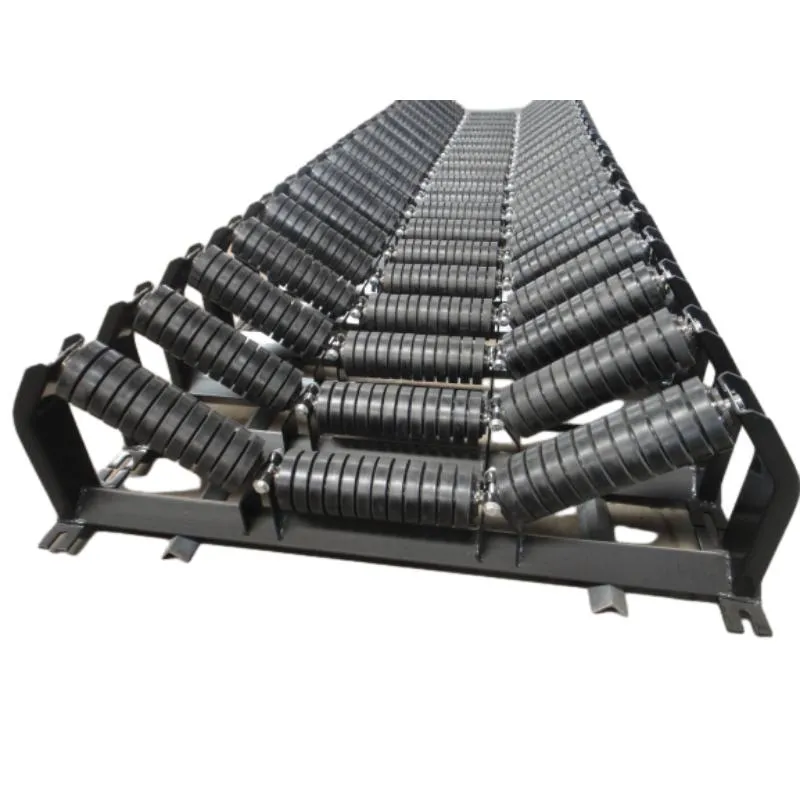 Afrikaans
Afrikaans  Albanian
Albanian  Amharic
Amharic  Arabic
Arabic  Armenian
Armenian  Azerbaijani
Azerbaijani  Basque
Basque  Belarusian
Belarusian  Bengali
Bengali  Bosnian
Bosnian  Bulgarian
Bulgarian  Catalan
Catalan  Cebuano
Cebuano  Corsican
Corsican  Croatian
Croatian  Czech
Czech  Danish
Danish  Dutch
Dutch  English
English  Esperanto
Esperanto  Estonian
Estonian  Finnish
Finnish  French
French  Frisian
Frisian  Galician
Galician  Georgian
Georgian  German
German  Greek
Greek  Gujarati
Gujarati  Haitian Creole
Haitian Creole  hausa
hausa  hawaiian
hawaiian  Hebrew
Hebrew  Hindi
Hindi  Miao
Miao  Hungarian
Hungarian  Icelandic
Icelandic  igbo
igbo  Indonesian
Indonesian  irish
irish  Italian
Italian  Japanese
Japanese  Javanese
Javanese  Kannada
Kannada  kazakh
kazakh  Khmer
Khmer  Rwandese
Rwandese  Korean
Korean  Kurdish
Kurdish  Kyrgyz
Kyrgyz  Lao
Lao  Latin
Latin  Latvian
Latvian  Lithuanian
Lithuanian  Luxembourgish
Luxembourgish  Macedonian
Macedonian  Malgashi
Malgashi  Malay
Malay  Malayalam
Malayalam  Maltese
Maltese  Maori
Maori  Marathi
Marathi  Mongolian
Mongolian  Myanmar
Myanmar  Nepali
Nepali  Norwegian
Norwegian  Norwegian
Norwegian  Occitan
Occitan  Pashto
Pashto  Persian
Persian  Polish
Polish  Portuguese
Portuguese  Punjabi
Punjabi  Romanian
Romanian  Russian
Russian  Samoan
Samoan  Scottish Gaelic
Scottish Gaelic  Serbian
Serbian  Sesotho
Sesotho  Shona
Shona  Sindhi
Sindhi  Sinhala
Sinhala  Slovak
Slovak  Slovenian
Slovenian  Somali
Somali  Spanish
Spanish  Sundanese
Sundanese  Swahili
Swahili  Swedish
Swedish  Tagalog
Tagalog  Tajik
Tajik  Tamil
Tamil  Tatar
Tatar  Telugu
Telugu  Thai
Thai  Turkish
Turkish  Turkmen
Turkmen  Ukrainian
Ukrainian  Urdu
Urdu  Uighur
Uighur  Uzbek
Uzbek  Vietnamese
Vietnamese  Welsh
Welsh  Bantu
Bantu  Yiddish
Yiddish  Yoruba
Yoruba  Zulu
Zulu Understanding the Role of Conveyor Return Idlers in Material Handling Systems
The Importance of Conveyor Return Idlers in Material Handling Systems
Conveyor systems are a cornerstone of modern material handling, utilized across various industries for efficient movement of goods and materials. Among the essential components of these systems are return idlers, which play a crucial role in maintaining the efficiency and longevity of conveyors. This article will explore the significance of conveyor return idlers, their design, functions, and maintenance considerations.
What are Conveyor Return Idlers?
Conveyor return idlers are cylindrical rollers mounted beneath the conveyor belt, primarily responsible for supporting the belt as it returns to the starting point after delivering materials. They ensure that the belt maintains proper tension and alignment, which is critical for optimal operation. Return idlers are typically located at the bottom section of the conveyor system, where the belt reverses direction and prepares to load materials anew.
Functions of Return Idlers
1. Support and Stability One of the primary functions of return idlers is to provide essential support to the conveyor belt. By distributing the weight of the belt and the materials it carries, they help prevent sagging and misalignment, which can lead to premature wear and tear.
2. Tension Maintenance Return idlers assist in maintaining the appropriate tension of the conveyor belt. Proper tension is necessary to ensure that the belt operates efficiently, minimizing slippage and maximizing the transfer of material.
3. Abrasion Resistance The continuous operation of conveyor belts can lead to significant wear due to friction and abrasion. Return idlers are designed to minimize contact with the belt, reducing the wear and prolonging its lifespan.
4. Noise Reduction Well-designed return idlers contribute to a quieter operation. By ensuring smooth movement and reducing friction, they help mitigate the operational noise associated with conveyor systems, making for a more pleasant working environment.
Design Considerations
When it comes to designing return idlers, several factors must be taken into account
conveyor return idlers

- Material Selection Return idlers are typically made from robust materials such as steel or high-density polyethylene, ensuring their ability to withstand heavy loads and harsh operating conditions.
- Roller Diameter The diameter of the rollers can affect the performance of the return idlers. Larger diameter rollers may better distribute the weight and reduce wear on the belt, while smaller rollers may allow for more flexibility in tight spaces.
- Spacing The spacing of return idlers must be optimized to support the weight and movement of the conveyor belt effectively. Too few idlers can lead to sagging, while too many can increase friction and wear.
Maintenance of Return Idlers
Regular maintenance of return idlers is essential to ensure the reliability and efficiency of conveyor systems. Here are some maintenance tips
1. Inspection Regular inspections should be conducted to identify any signs of wear, damage, or misalignment. Early detection of issues can prevent costly repairs and downtime.
2. Lubrication Many return idlers are equipped with bearings that require periodic lubrication. Keeping these bearings in good condition helps to reduce friction and prolong the life of the idlers.
3. Cleaning Dust and debris can accumulate on return idlers, potentially hindering their performance. Regular cleaning can help maintain their efficiency and prevent material buildup.
4. Replacement Eventually, return idlers will wear out and need replacement. Establishing a regular replacement schedule based on usage can help prevent unexpected failures.
Conclusion
Conveyor return idlers are vital components of material handling systems, influencing both efficiency and longevity. By ensuring adequate support, maintaining tension, and minimizing wear, they help facilitate the smooth operation of conveyor systems. Proper design, regular maintenance, and timely replacement are essential to harness the full potential of return idlers, ensuring the seamless movement of materials across various industries. Understanding and investing in these aspects is crucial for any business reliant on conveyor technology for their operations.
-
Revolutionizing Conveyor Reliability with Advanced Rubber Lagging PulleysNewsJul.22,2025
-
Powering Precision and Durability with Expert Manufacturers of Conveyor ComponentsNewsJul.22,2025
-
Optimizing Conveyor Systems with Advanced Conveyor AccessoriesNewsJul.22,2025
-
Maximize Conveyor Efficiency with Quality Conveyor Idler PulleysNewsJul.22,2025
-
Future-Proof Your Conveyor System with High-Performance Polyurethane RollerNewsJul.22,2025
-
Driving Efficiency Forward with Quality Idlers and RollersNewsJul.22,2025





























